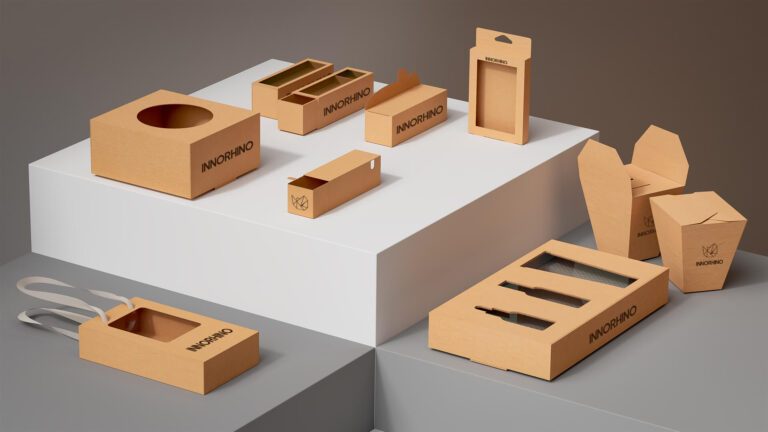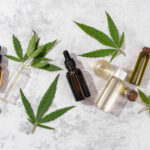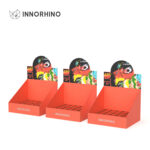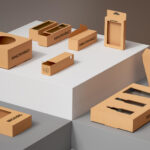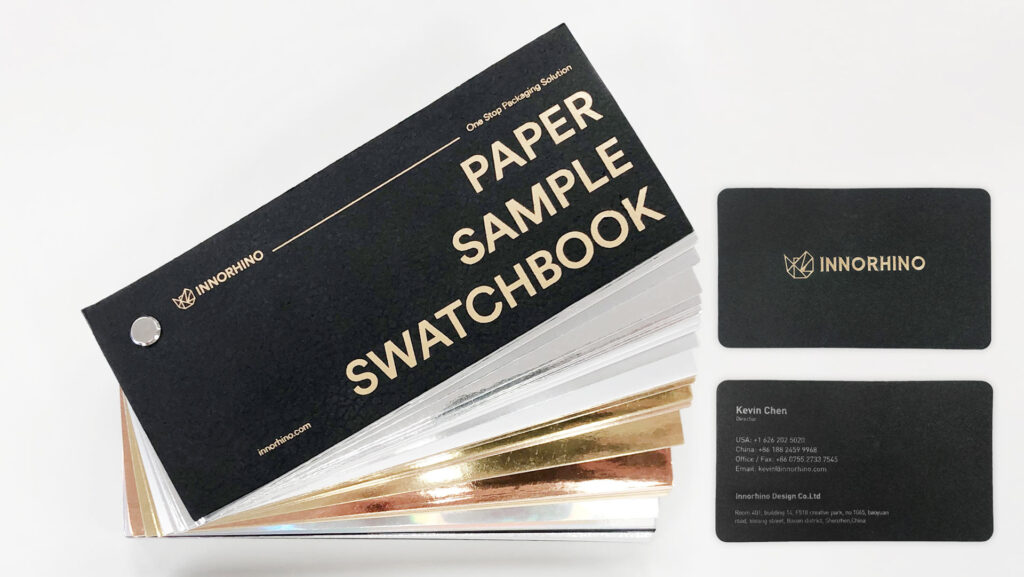Introduction
In today’s competitive market, packaging design is more than just a protective covering—it’s a powerful marketing tool that influences consumer perception and brand identity. Well-designed packaging can enhance brand recognition, improve customer experience, and ultimately drive sales.
In this beginner’s guide, we’ll walk you through the fundamentals of product packaging design, from choosing materials to crafting a design that stands out. By the end, you’ll know how to create effective and attractive packaging that makes a lasting impact.
Understanding Packaging Design
What is Packaging Design?
Packaging design refers to the process of creating the exterior of a product, including materials, shape, typography, colors, and branding elements. It serves both practical and aesthetic purposes, ensuring product protection while conveying brand messaging.
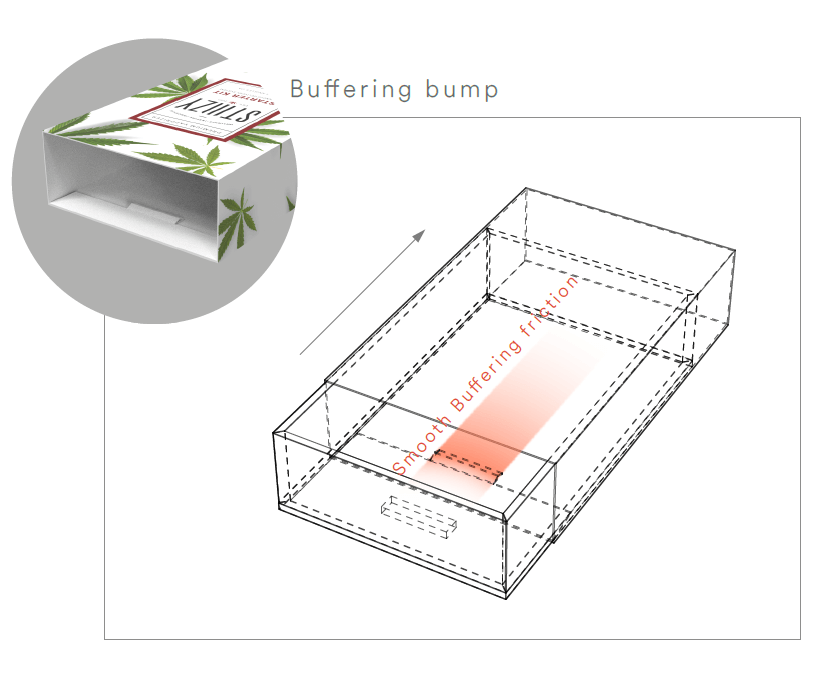
The Three Layers of Packaging
Understanding the three layers of packaging helps ensure your product remains safe while maintaining a professional appearance.
1. Primary Packaging
- The immediate layer that encases the product (e.g., a bottle for a beverage, a wrapper for a candy bar).
- Protects the product and often contains branding and important information.
2. Secondary Packaging
- This layer groups multiple units together (e.g., a box holding several soda cans).
- Provides additional protection and supports branding.
3. Tertiary Packaging
- Used mainly for bulk handling and shipping (e.g., pallets, large cartons).
- Ensures products are transported safely to retailers or warehouses.
Key Elements of Effective Packaging Design

1. Product Protection
The primary role of packaging is to safeguard the product from damage during transportation, storage, and handling. Choosing the right materials (e.g., glass, plastic, cardboard) ensures durability and functionality.
2. Brand Identity and Recognition
Your packaging should reflect your brand’s personality through:
- Logo placement
- Consistent color schemes
- Typography that aligns with your brand
- Imagery that resonates with your audience
Case Study: Shen Yueh Yun Tea Packaging Design ep.1
3. User Experience and Convenience
Packaging should be easy to open, store, and reuse. Features like resealable closures, ergonomic handles, and clear usage instructions enhance customer satisfaction.
Related Article: What is CMF and Its Role in Packaging Design?
4. Sustainability and Eco-Friendly Materials
Consumers are increasingly drawn to sustainable packaging. Choosing biodegradable, recyclable, or reusable materials can enhance your brand’s reputation and align with eco-conscious buyers.
Step-by-Step Guide to Creating Great Packaging

Step 1: Define Your Product and Target Audience
Understanding your product’s size, shape, shelf life, and target demographic will guide your packaging design decisions.
Step 2: Research Competitor Packaging
Look at how competitors package their products. Identify gaps and opportunities to create a more unique and compelling design.
Step 3: Develop a Packaging Concept
Collaborate with a designer or use design tools like Adobe Illustrator or 3D modeling software to create a packaging prototype. Focus on:
- Color psychology (e.g., red for excitement, green for eco-friendliness)
- Typography that’s easy to read and aligns with your brand
- Clear messaging about product benefits and usage
Step 4: Conduct Testing and Feedback
Test packaging under real-world conditions to ensure durability and usability. Gather feedback from customers or focus groups to refine the design.
Step 5: Finalize and Start Production
Once you’ve perfected your packaging design, move forward with mass production, ensuring quality control to maintain consistency across all units.
See how we can help : Packaging Consulting
Frequently Asked Questions (FAQs)
Q1: What software is best for designing packaging?
Adobe Illustrator, Photoshop, and specialized 3D modeling tools are commonly used for packaging design.
Q2: How does sustainable packaging impact consumer perception?
Eco-friendly packaging enhances brand trust and attracts environmentally conscious customers who prefer sustainable choices.
Q3: What is a dieline in packaging design?
A dieline is a template that shows where a package will be cut, folded, and perforated. It ensures accurate production and alignment.
Conclusion: Take Your Packaging to the Next Level
Great packaging design is a mix of functionality, aesthetics, and branding. By following this guide, you can create packaging that protects, engages, and converts customers.
🚀 Ready to take your product packaging to the next level? Whether you’re launching a new brand or refining an existing design, our expert team can help bring your vision to life. Contact us today for a consultation and let’s create packaging that makes an impact! 📦✨
